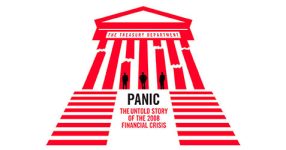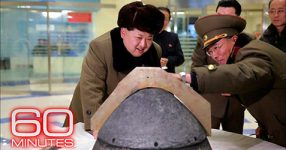The 20th century bore witness to a monumental clash, an ideological showdown that etched its indelible mark on history—the Cold War explained. Rooted in Karl Marx’s fiery communist ideals, the aftermath of World War I saw the emergence of the Soviet Union, a red-starred superpower shaping the global landscape.
The Unlikely Alliance and Fractured Visions
As World War II raged, a peculiar alliance between capitalist democracies and the communist state emerged to combat a common foe. However, as the dust settled, fractures emerged, revealing two opposing visions for the future. The atomic bomb’s terrifying power, unleashed on Hiroshima and Nagasaki, marked a pivotal moment—the dawn of humanity’s capacity for self-annihilation.
The Iron Curtain Descends
President Truman’s doctrine of containment sought to halt communism’s spread, likening it to extinguishing a forest fire. McCarthyism, fueled by fervent hunts for communist infiltrators, cast a pall of fear over the United States. Simultaneously, the Marshall Plan aimed to rebuild Europe, countering the fertile ground for communist ideology. Yet, the Berlin Blockade by the Soviets solidified the division, transforming the German capital into a symbol of the iron curtain.
Asia’s Crucible: Proxy Wars and Nuclear Tensions
The Cold War’s icy tendrils extended to Asia, turning the Korean War into a brutal proxy conflict. A nuclear arms race loomed large, with the specter of annihilation hanging over the superpowers. Khrushchev’s vow to bury the West and ideological chess games in the Third World set the stage for crises like the Suez Crisis and the Cuban Missile Crisis. Meanwhile, the Berlin Wall stood as a concrete reminder of a divided world, while Vietnam became a tragic theater of war.
Thaw and Thorns: From Détente to Gorbachev’s Gamble
A cautious thaw, known as détente, provided a fleeting glimmer of hope. The Space Race, showcasing human ingenuity, transcended Earth’s bounds. However, Nixon’s diplomacy and Reagan’s hawkish rhetoric reignited the Cold War flames. Enter Gorbachev, a reformer in the USSR, implementing glasnost and perestroika policies that inadvertently weakened Soviet control. In 1991, the unthinkable occurred—the collapse of the Soviet Union, marking the Cold War’s end.
Echoes in the Present: The Cold War’s Lingering Legacy
The Cold War, an ideological battleground between Communism and Capitalism, East and West, continues to cast its shadow over the 20th century’s legacy. The world post-WW2 found itself divided between the United States and the Soviet Union, with the specter of nuclear weapons shaping the conflict. From Stalin to Reagan, the CIA to the KGB, the Berlin Wall to Chernobyl, the Cold War’s narrative unfolds—a story of ideologies, power, and the dance on the brink.
In this intricate tapestry, the Cold War’s lessons linger in the present—from the ongoing nuclear threat to the scars of proxy wars. It serves as a stark reminder of the perils of unchecked ideologies, emphasizing the critical role of dialogue and understanding in a world forever altered by the brinkmanship of the past.












